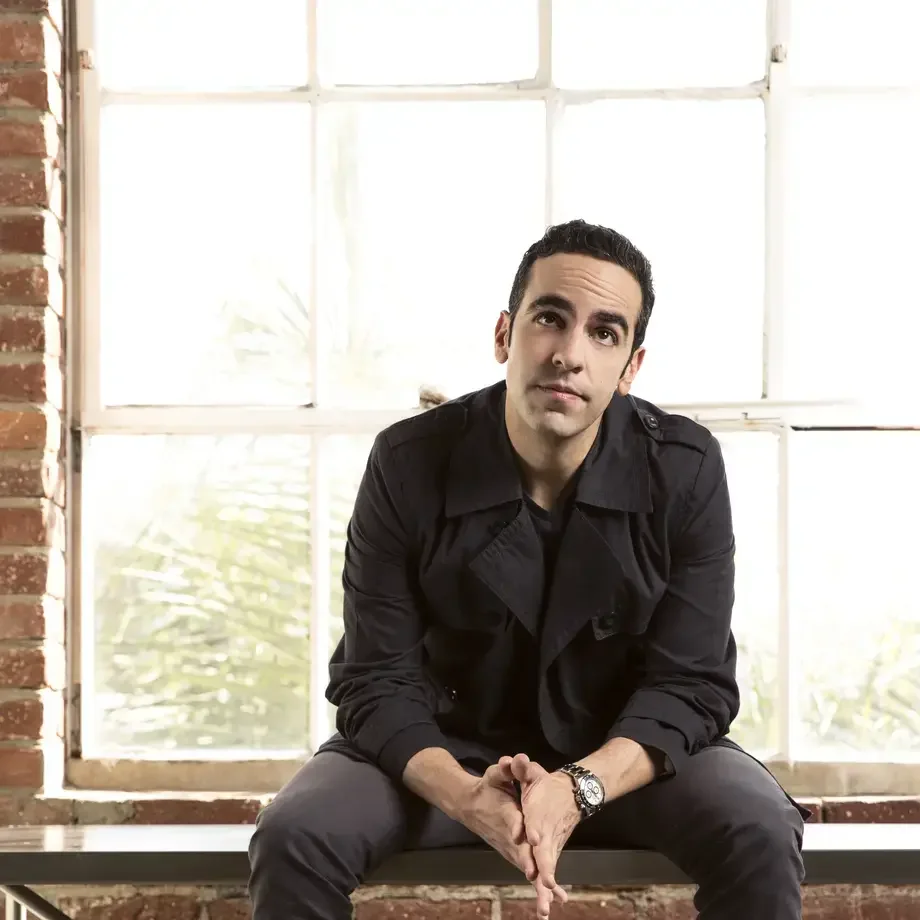Gionatan Lassandro is the president of Fooda and the co-founder of Foodam – Food, Design & Art Museum. He has organised a contest inviting designers from around the world to reflect on the theme, Food for future. 15 projects were eventually selected and then exhibited during Milan Design Week. We interviewed him to find out more about food design.
The term food design is often ambiguous: it can be used to describe the presentation of dishes, the setting of a table, the packaging of a product or even kitchen utensils. Can you explain your definition of food design?
First, there’s a basic premise to make: the paradigm of Food Design is relatively recent and there isn’t a fixed definition yet. Some interpretations of the role are nostalgic, others are techno-visual. In any case, if you talk about design, you talk about styling and planning, so Food Design is the pre-ordination of everything having to do with food. To clarify: food design is tied both to industrial production and classic design (packaging, shape, colour of the food), as well as to a cultural and visual element. If, for example, a chef takes over a restaurant and decides which mood it should have, that’s also food design. It’s important not to confuse it with gastronomy and the art of garnishing dishes!
Do you think that the wider public can appreciate the experimentation in food design?
There’s surely a lot of curiosity about it. With regards to Foodam, our aim was to create an event. And the definition of “event” was very helpful, as events usually come from an attempt to generate chaos, from a series of happenings. Basically, we provided the input, the public did the rest. We’ll have to wait and see...
In a country like Italy or France, with such strong culinary traditions, do you think food design can find its place? And in which area?
Food Design is a growing phenomenon, but Italy, because of its strong traditions, is the hardest market to conquer, for sure. At the moment, food design is fun and we don’t see it as a limitation, like it could be in other countries. The “fun” and “novelty” and “surprise” tied to gastronomic categories like food design is, in reality, the other side of the local customs and traditions that are inextricably linked with “exoticism”. Basically, if it’s true that omnivores need to be sure that what they eat is part of their identities, it’s also true that they need variety to satisfy their intelligence and curiosity, and their need for a varied diet. The use of the term “design” is simply a matter of fashion and marketing









